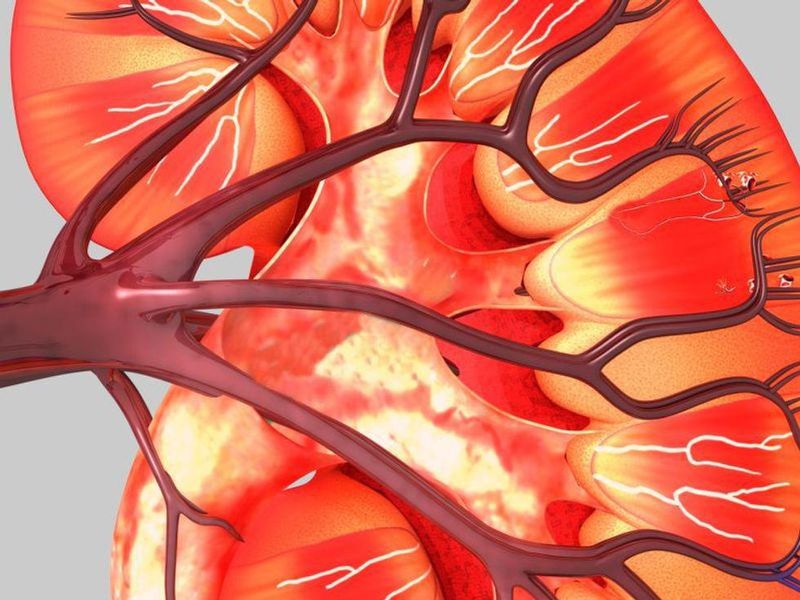Kidney came from pig genetically engineered to grow an organ with a low risk for being rejected by the human body
WEDNESDAY, Oct. 20, 2021 (HealthDay News) — A kidney grown in a genetically altered pig functioned normally after being attached to a human patient during a groundbreaking procedure performed by U.S. doctors. If the technique proves generally successful, it could revolutionize organ transplant, greatly expanding the pool of available organs.
The surgery was conducted in September at NYU Langone Health in New York City and involved a patient who was brain-dead and being kept alive on a ventilator, The New York Times reported. The kidney came from a pig genetically engineered to grow an organ with a low risk for being rejected by the human body. After being attached to the blood vessels in the upper leg outside the patient’s abdomen, the kidney quickly started functioning normally, said Robert Montgomery, M.D., the director of the NYU Langone Transplant Institute who performed the procedure, The Times reported.
The results strongly suggest that this type of organ will work in the human body, according to Montgomery. “It was better than I think we even expected,” he told The Times. “It just looked like any transplant I’ve ever done from a living donor. A lot of kidneys from deceased people don’t work right away, and take days or weeks to start. This worked immediately.”
The patient was followed for only 54 hours and the research has not been peer-reviewed or published in a medical journal, but it hints at a new source of desperately needed transplant organs.
The organ procurement organization LiveOnNY played a role in finding the brain-dead patient involved in the procedure. The patient was a registered organ donor, but the organs were not suitable for transplantation, so the family agreed to the experimental kidney procedure.
The New York Times Article
Copyright © 2021 HealthDay. All rights reserved.








